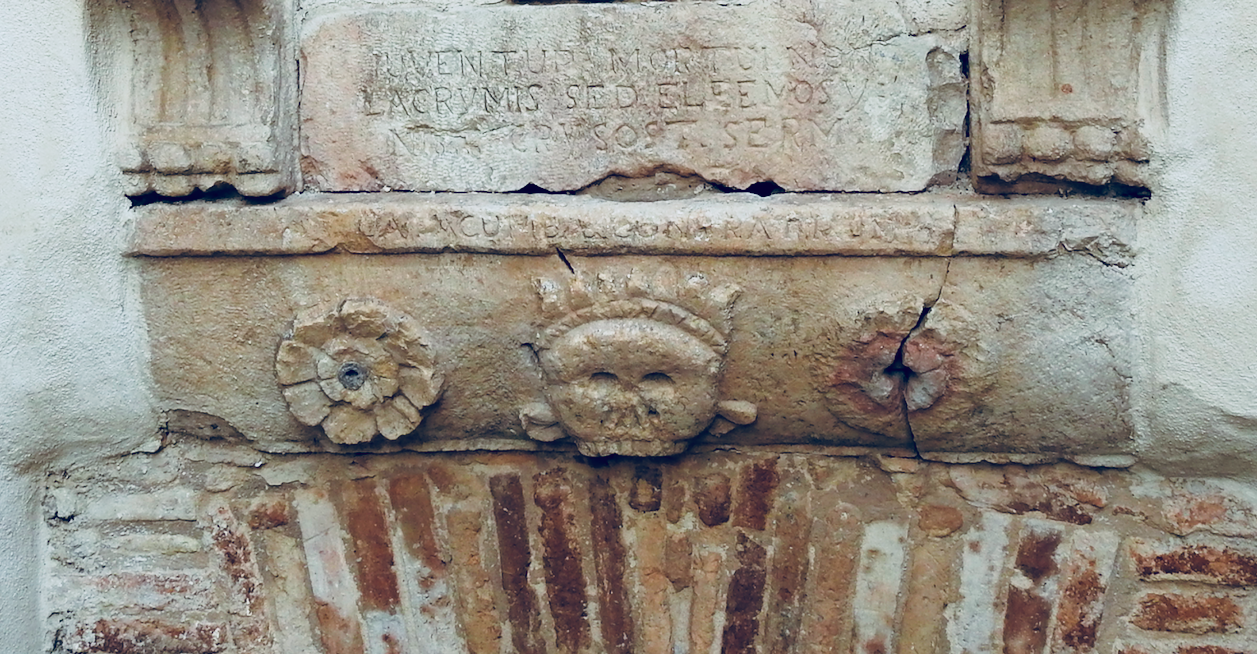
Italy’s Day of the Dead
Signora Maria of Castellaneta observes: “… the dead are our brothers, our children, our husbands, our parents… they cannot be monsters”. Her comment captures the essential spirit of Italy’s Day of the Dead in comparison with Halloween. The festival involves children, food, and visiting (and visits from) departed loved ones.
Although beyond the scope of this article such “days of the dead” are found around the world, and many involve remembering family members no longer with us. In Australia, the North American tradition of trick or treating children dressed up as ghosts, ghouls and witches is being taken up with enthusiasm. Although Italy has its own “Day of the Dead”, the same thing is seen there and Halloween is also increasingly marked in American fashion. Halloween traditions are being absorbed through today’s universal media culture. Like the tomato which became part of Italian tradition in previous centuries, traditions around the dead are changing as well.
Food for the Day of the Dead
Both Halloween and Italy’s Day of the Dead find a place in the Christian calendar and for both it is a time when tradition says the dead are able to join the living for a brief time. Halloween, “All Hallows Even” is the equivalent of the evening of “All Saints Day” in Italy, marked as a national holiday on 1 November. On that evening it is traditional for a table to be laid out for the family’s departed; who that night may come and enjoy the festal board set out for them.
The next day, on La Commemorazione dei Defunti, the Day of the Dead, the food becomes again the food of the living either for the family or, in some eras, perhaps offered as charity to the poor. Sweets of various kinds appear as presents from their dead relatives for children who have been good. Indeed, in the past it was the primary day of gift giving for children.
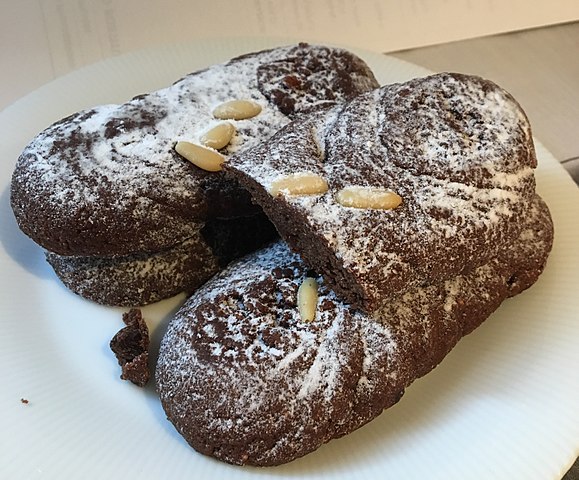
As is typical of Italy, the food for the festival varies from region to region. In Toscana and Milan the “pane dei morti” is said to be the characteristic offering. It may be made with hazelnuts and grapes. In northern Puglia, a wheat growing region, a sweet dish for the Day of the Dead is Colva or “Grains of the Dead”. It is made of softened and cooked wheat grains, pomegranate seeds, crushed nuts, vincotto, chocolate and sugar. Fave dei morti or “fava beans of the dead” are not beans at all but rather small cookies made with almond meal, and are another dish for the day widespread through Italy. Ossa dei morti, suitably elongated and frosted “bones of the dead,” are sweets found in Puglia and Sicily. Sicily also boasts sweets: “martorana” which look like fruit, and “pupa” small figurines (again sweets). Children participating in such celebrations are likely to be spoilt for choice. In the video linked below, we see a table loaded with food of an even greater variety and can meet the Signora Maria mentioned above, as well as observing some of the “dress up” and rituals the day involves.
Visiting the Dead and Italian Cemeteries
The Day of the Dead is also a day for visiting departed loved ones in cemeteries. These, unlike lawn cemeteries common in Australia or North America, are often more like the cemeteries of New Orleans: a city of the dead built up in tiers, in which the dead have their own “apartment” niche: entombed with others above, below and beside them.
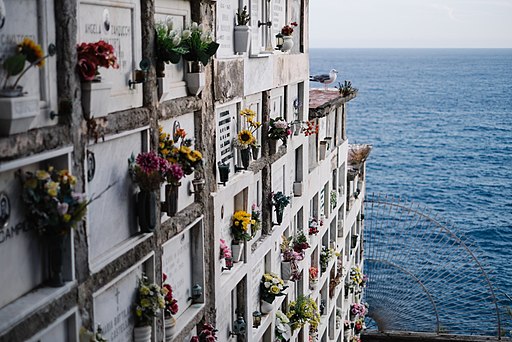
Many tombs display a photograph of the deceased, permanently baked on a ceramic plate. Richer families may have their own small building in which family members are laid to rest together; while large multistory buildings provide additional common burial space. These cemeteries (at least in the day time) are not gloomy or spooky places. They are adorned with gardens, trees and fountains and the architecture is sometimes of considerable beauty, as in the cemetery behind San Miniato in Firenze.
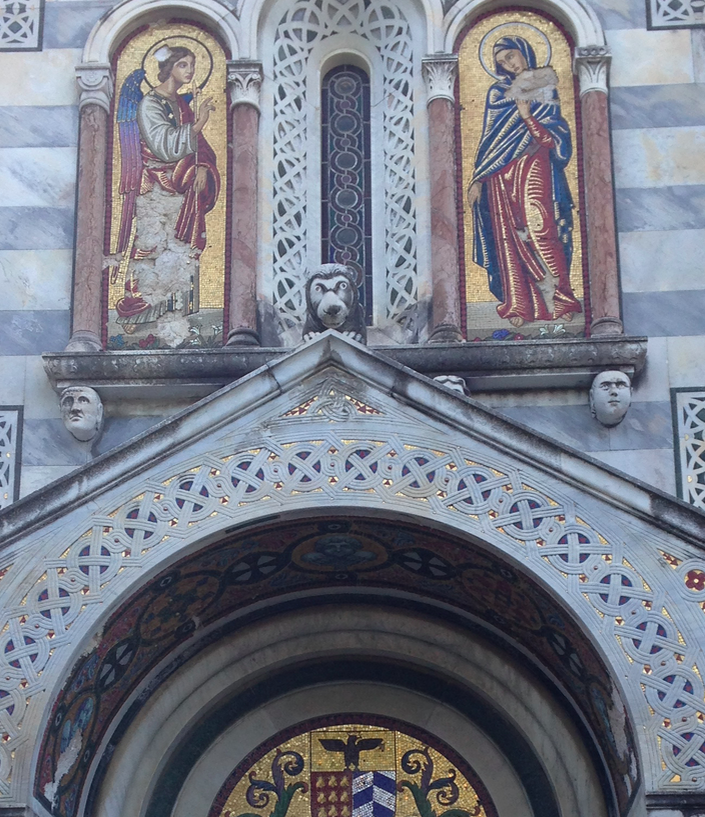
The Pagan Past and Theological Divisions
The widespread observance of the “Day of the Dead” around the world suggests the idea that the festivity is far older than Christianity. Its reappearance in the Christian calendar is sometimes seen as not “Christian.” It is a common enough attitude, particularly in the English speaking world. The attitude has much to do the bitter (though now largely forgotten) disputes of the Reformation era. Among the polemics of the Protestant reformers of that time was the accusation that Catholicism had been “polluted” with paganism. It was for instance the central theme of a work by the founder of Calvinism. The polemics have an unfortunate dimension of excluding diverse and in the main harmless and meaningful cultural traditions which the Catholic tradition had accommodated (if not always willingly). Specifically in relation to the Day of the Dead, the Catholic belief that the living and the dead can “intercede” for each other, provides an ongoing reason for the living and the dead to be in communication, as Jack Goody and Cesare Poppi observe.
Returning to paganism, with the qualification that proof of direct borrowing is hard to find, the parallels in custom between Europe’s pagan past and more recent forms of “Festivals of the Dead” suggest they owe their origin to ancient pagan custom. Halloween has its own associations with ancient Celtic festival of Samhain. In Italy, Greek and Roman religion is the backdrop of current custom. The “Fave dei morti” evoke ancient Greek custom in Italy which associated fava beans with the dead. The festival is also associated with the ancient agricultural cycle in which life and death are intimately interconnected and the dead play a part in ensuring the success of the next season’s wheat crop which is sowed in autumn as the end of the year approaches. The festival of Thesmophoria, a women’s festival associated with Demeter, fertility and the newly sowed fields, occurred as this time.
Contrasting Memories of the Day of the Dead
In the following tongue in cheek tribute to the Day of the Dead, the Italian comedian “Totò” tells the story of a dispute between the ghosts of a rich man and a poor man. Totò is visiting the dead on the appointed day, but forgets to leave before the gates are shut in the evening. He then witnesses an argument between the two ghosts. The rich man complains that the poor man’s relatives have placed his humble receptacle right next to the rich man’s magnificent resting place. The poor man, is at first apologetic, but eventually losing patience, he assures the rich man that death is a great leveller and status is a thing for the living, not the dead.
Images
Entry to 18th century mortuary – from by-lane in the city of Troia, Foggia. Own work.
Pane dei Morti Di M&A – Opera propria, CC BY-SA 4.0,
Seaside Apartments for the Dead, Portonevere, Liguria by Steven By Severin.stalder [CC BY-SA 4.0 (https://creativecommons.org/licenses/by-sa/4.0)], from Wikimedia Commons.
Rispoli Chapel, Holy Gates Cemetery, San Miniato. Own work.
Sources
Jack Goody and Cesare Poppi, Flowers and Bones: Approaches to the Dead in Anglo-American and Italian Cemeteries
Ignazio Buttitta, I morti e il grano. Tempi del lavoro e ritmi della festa
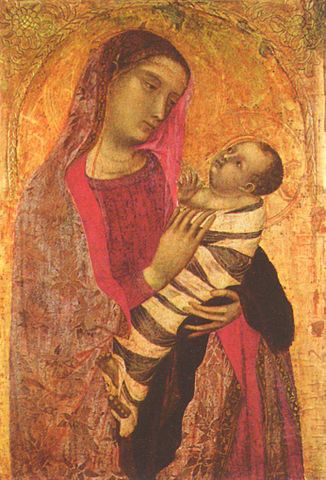
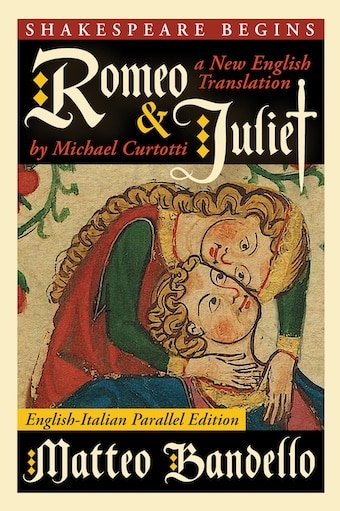
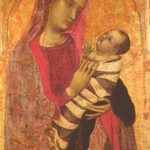
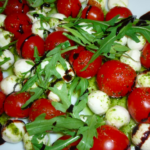
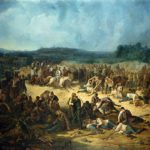
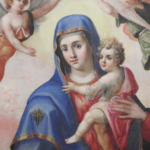
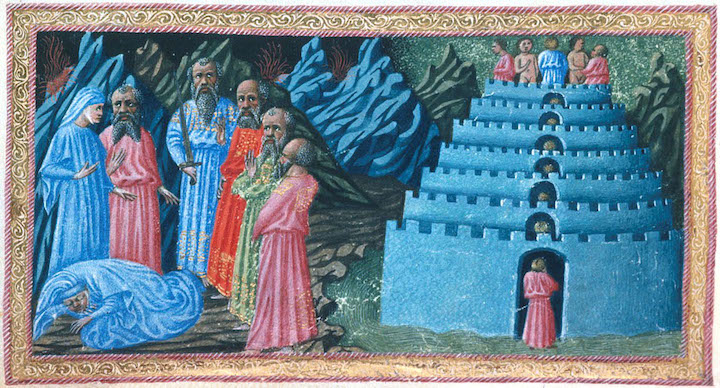
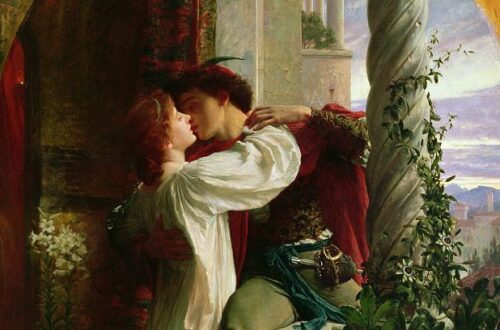
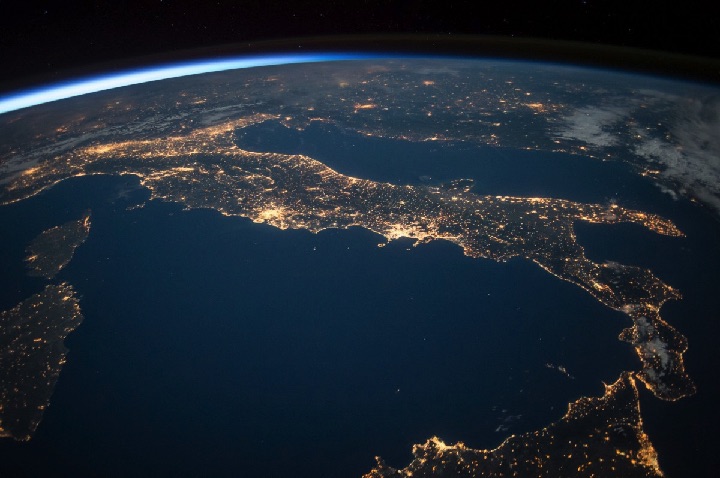
3 Comments
Pingback:
Pingback:
Pingback: